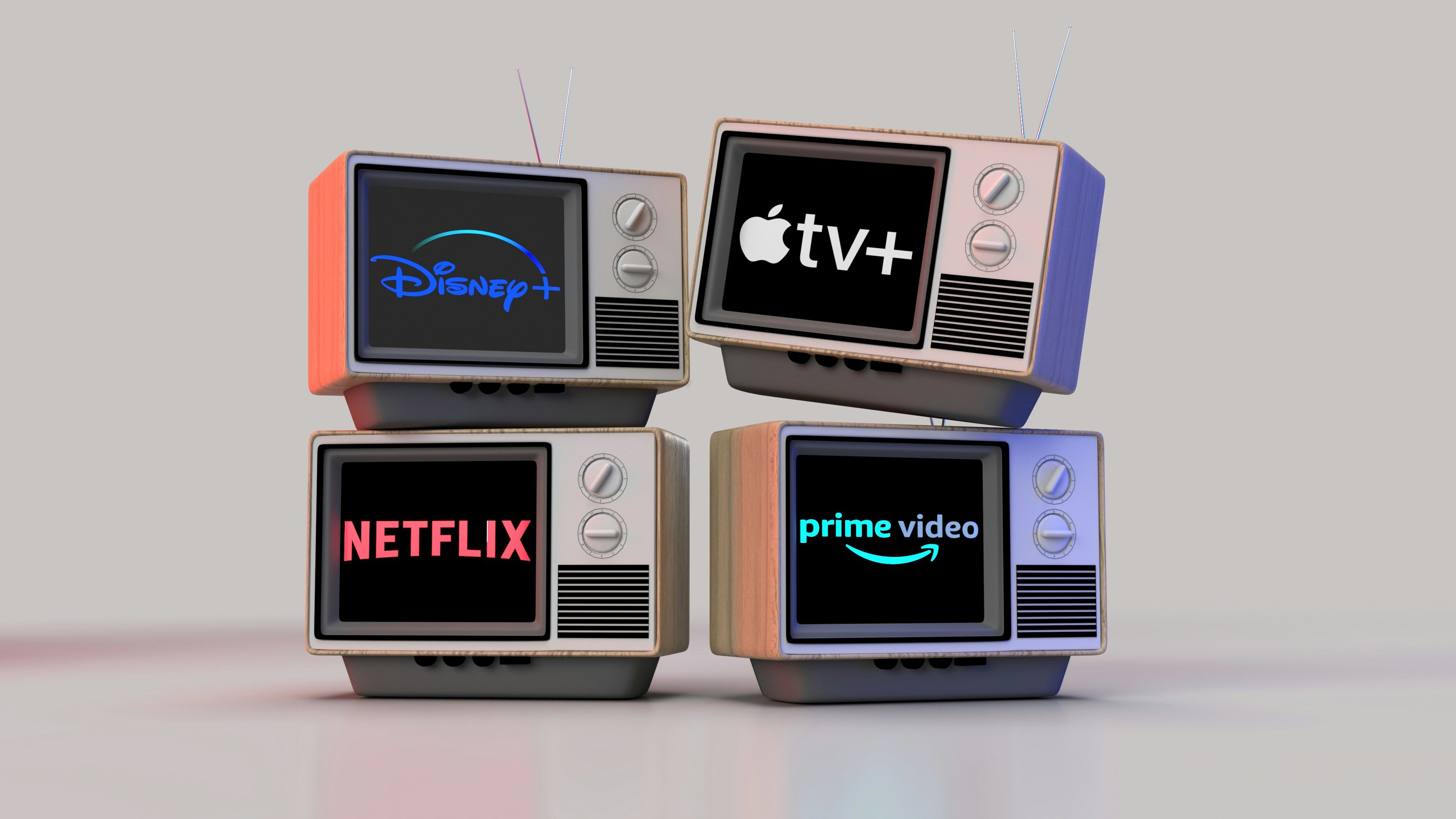Streaming media has fundamentally transformed the landscape of digital content consumption in the 21st century. At its core, streaming media is a revolutionary method of delivering audio and video content over the internet without requiring users to download files to their devices. Unlike traditional downloaded media, which necessitates the entire file to be downloaded before playback, streaming media allows content to be played almost immediately after the start of the download.
This technology has reshaped how we access and enjoy entertainment, education, and information. It has made it possible to watch movies, listen to music, attend virtual conferences, and view other forms of digital content on demand. The rise of streaming media has led to the growth of numerous streaming platforms and services, profoundly impacting the media industry and consumer behavior.
The key advantage of streaming media lies in its immediacy and efficiency. Users can start consuming content almost instantly, without waiting for large files to download or occupying significant storage space on their devices. This instant access, coupled with the ability to deliver high-quality audio and video, has made streaming media the preferred method of content delivery for many consumers and content providers alike.

How Streaming Media Works?
Understanding the mechanics behind streaming media helps appreciate its revolutionary nature. The process involves several sophisticated technologies working in concert to deliver a seamless user experience.
1. Data Streaming Process
The core principle behind streaming media is data streaming, which enables the continuous transmission of audio, video, and other multimedia content over the Internet in real-time. This process involves several key steps:
- Content is divided into small, data-packed units called packets.
- These packets are encoded by the content provider.
- The encoded packets are sent through a streaming server.
- The server delivers the data over the internet to the end-user device.
- The user's device, equipped with appropriate software, decodes these packets.
- The decoded content is played without significant delays, ensuring a smooth experience.
2. Adaptive Bitrate Streaming
One of the most important technologies in streaming media is adaptive bitrate streaming. This technology dynamically adjusts the quality of the video or audio in real-time based on the current internet bandwidth available to the user. The process works as follows:
- The content is encoded at multiple bitrates.
- The streaming server monitors the user's available bandwidth.
- The server dynamically switches between different quality levels to maintain smooth playback.
- This ensures that the stream remains stable and continuous, even under varying network conditions.
3. Buffering and Real-Time Playback
Buffering is a crucial aspect of streaming media that helps maintain uninterrupted playback. Here's how it works:
- As data packets arrive at the user's device, they are temporarily stored in a buffer.
- The media player begins playback once a sufficient amount of data is buffered.
- While the buffered content is being played, the device continues to receive and buffer upcoming content.
- This process allows for smooth playback even if there are minor fluctuations in internet speed.
What are the Types of Streaming Media?
Streaming media can be broadly categorized into two main types: live streaming and on-demand streaming. Each type serves different purposes and has unique characteristics.
- Live Streaming: Live streaming involves broadcasting audio or video content in real time over the Internet. It enables viewers to watch or listen to events as they happen from anywhere in the world. Live streaming is commonly used for broadcasting live sports events, news, concerts, conferences, and more. Its key characteristic is immediacy, offering audiences a shared, simultaneous experience similar to being physically present at the event.
- On-demand Streaming: On-demand streaming allows users to access audio or video content at their convenience. This category includes services like Netflix, Hulu, Spotify, and YouTube, where users can choose from a vast library of movies, TV shows, music, and other multimedia content to play back on various devices. On-demand streaming has transformed media consumption, allowing for personalized viewing experiences with users able to pause, rewind, or fast-forward content as they wish. This has made it hugely popular across all demographics.
What is Live Streaming?
Live streaming has become an integral part of modern digital communication and entertainment. It's the process of transmitting video and audio data over the internet in real-time, often used to broadcast live television, sports events, concerts, webinars, and gaming.
Process of Live Streaming:
- Capture: The event is captured using video cameras and microphones.
- Encoding: The raw audio and video data is encoded into a digital format suitable for streaming.
- Broadcast: The encoded data is sent to a streaming server for distribution.
- Decoding and Viewing: Viewers' devices receive, decode, and play the stream in real-time.
- Interaction: Many live streams include features for audience interaction, such as comments or reactions.
Applications and Use Cases:
- Sports Broadcasting: Live streaming has revolutionized sports viewership, allowing fans to watch games in real-time from anywhere.
- News Coverage: Breaking news and live events can be broadcast instantly to a global audience.
- Entertainment: Concerts, theater performances, and other live events can reach a wider audience through streaming.
- Education: Webinars, online classes, and virtual conferences have become increasingly popular, especially in the wake of global events like the COVID-19 pandemic.
- Gaming: Platforms like Twitch have made game streaming a major form of entertainment and community building.
Advantages and Challenges:
Live streaming offers several advantages, such as real-time engagement with audiences, global reach, and cost-effective broadcasting solutions. However, it also presents challenges, including technical issues like latency and buffering, the unpredictability of live events, and high bandwidth requirements.

What is On-demand Streaming?
On-demand streaming has revolutionized how we consume media, offering unprecedented flexibility and choice in content consumption.
Popular Platforms and Services:
- Video Streaming: Netflix, Amazon Prime Video, Hulu, Disney+
- Music Streaming: Spotify, Apple Music, Tidal, Amazon Music
- Mixed Content: YouTube, Vimeo
Technical Process:
- Content Storage: Media files are stored on remote servers within a Content Delivery Network (CDN).
- User Selection: Users browse and select content through an app or website.
- Request Processing: The user's request is sent to the server hosting the content.
- Data Transmission: The server sends data packets to the user's device.
- Buffering and Playback: The device buffers and plays the content while continuing to receive upcoming data.
On-demand streaming has significantly altered media consumption habits:
- Convenience and Flexibility: Users can access content anytime, anywhere, on various devices.
- Personalized Experience: Streaming services often use algorithms to recommend content based on user preferences.
- Binge-Watching: The ability to watch multiple episodes or entire seasons at once has changed viewing patterns.
- Reduced Reliance on Traditional Broadcasting: On-demand streaming has challenged traditional TV and radio schedules.
- Global Content Access: Users can easily access content from around the world, broadening cultural experiences.

Conclusion
Streaming media has revolutionized the way we consume digital content, offering immediate access to a vast array of audio and video without the need for downloading entire files. This technology encompasses two main types: live streaming, which broadcasts events in real-time, and on-demand streaming, which allows users to access content at their convenience.
The process of streaming media involves complex mechanisms such as data streaming, adaptive bitrate technology, and content delivery networks, all working together to provide a seamless viewing or listening experience. These systems adapt to varying network conditions and user devices, ensuring optimal playback quality.
FAQs
Q1: What is streaming media?
A1: Streaming media is content delivered and played in real-time over the internet. It allows users to watch or listen to audio and video without downloading the entire file first.
Q2: What internet speed do I need for streaming?
A2: For standard definition content, 3-4 Mbps is usually sufficient. For HD streaming, 5-8 Mbps is recommended, while 4K streaming typically requires 25 Mbps or higher.
Q3: Can I stream content offline?
A3: Some streaming services offer offline viewing by allowing you to download content to your device. However, this feature is not available for all content or on all platforms.
Q4: What devices can I use for streaming?
A4: You can stream media on various devices, including smart TVs, smartphones, tablets, computers, and streaming devices like Roku or Amazon Fire TV Stick. Most modern devices with internet connectivity support some form of streaming.
About Us
Tencent EdgeOne provides services in streaming media that include secure origin-pull, cost-effective migration, comprehensive DDoS protection, flexible traffic management, and high-performance infrastructure, all aimed at delivering seamless and reliable streaming experiences. We have now launched a Free Trial, welcome to Sign Up or Contact Us for more information.

